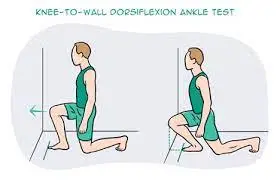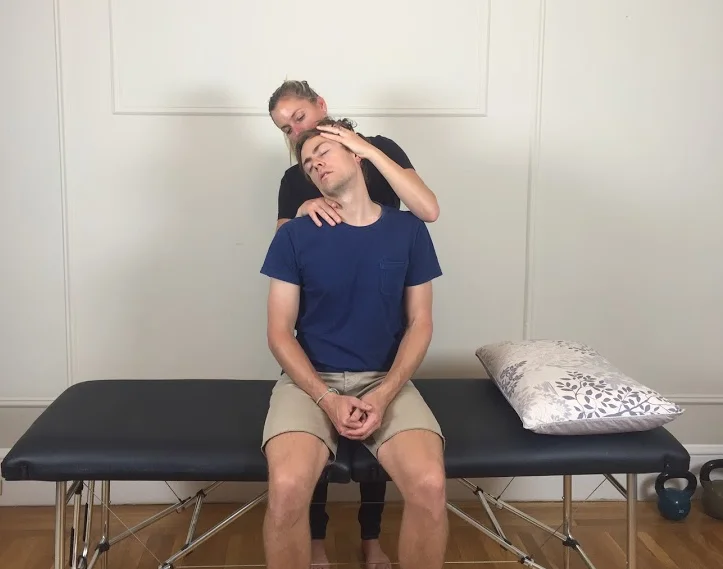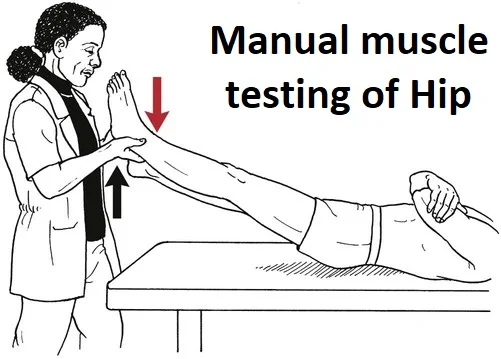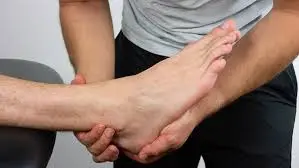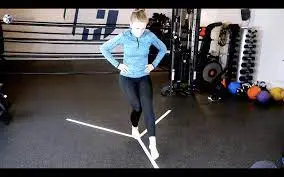Steinmans Test
Steinman’s Test is a medical diagnostic procedure used to assess the integrity and stability of the anterior cruciate ligament (ACL) in the knee joint. The ACL is a crucial ligament that helps stabilize the knee and is frequently injured in sports-related activities or traumatic accidents.
Steinman’s Test is one of several clinical tests employed by healthcare professionals to evaluate ACL injuries and is particularly useful in the initial assessment of suspected ACL tears.
Table of Contents
Other names
Steinman test
Steinmann’s test
brand Steinman
Steinman Tenderness Displacement Test
Steinman test
Introduction
Meniscal injuries (MI) often occur in patients who sustain a pressure-related rotational injury to the knee joint. They can occur alone or together with ligament tears and chondral pathologies. They are quite common in orthopedics, and MIs usually occur during sports. In the latter case, physical examination findings can be limited, because the patient can present with knee pain, limited range of motion (ROM), and joint effusion. If it is a long-term injury, the effectiveness of tests to detect myocardial infarction is compromised.
The posterior horn of the medial meniscus is the most common site of sprain, while longitudinal tears are the most common injuries. The Steinman test is performed to diagnose knee meniscal pathology. The test is divided into 2 parts, viz. Steinman part 1 and Steinman part 2, ie. Steinman pain transition test. This test is useful in differentiating synovial pathology from ligamentous or osteophytic damage.
Procedure
Steinman 1 part
The patient sits on the edge of the table with the knee hanging at 90 degrees of flexion, or the patient lies on the bed and the examiner holds the knee at 90 degrees of flexion. The tibia is rotated laterally and then medially. The test is positive if there is lateral pain in medial rotation and medial pain in lateral rotation. The test is repeated with a different degree of knee flexion.
Steinman Part 2 or Steinman Sensitization Test:
This test is specifically designed to differentiate patellar pathology from injury, as there is no pain with pathology during flexion and extension.
Common line tenderness appears. The knee is flexed and the joint line is palpated. A positive test is indicated when tenderness moves posteriorly with increasing flexion. The knee is extended and the joint line palpitates again. A positive test is indicated when the tenderness progresses when the knee is extended. The test is repeated with different degrees of bending and stretching. Reliability of the test
The reliability of this test with other meniscus tests is r= 0.88
Specificity (with other meniscal tests)
Average conchoid 76%
lateral meniscus 98%
Overall 87%
Soreness (with other meniscal tests)
Middle meniscus 98%
lateral meniscus 92%
Overall 96.5%
Conclusion
The Steinmann I and II tests are not often used to check the accuracy of the physical examination in more significant studies. Kocabey et al introduced the Steinmann movement in their study but did not specify whether it was Steinmann I or II, showing the information together with other movements. Based on our results, it is possible to note that the accuracy of both Steinmann I and II is better compared to other medial meniscus tests.
Fowler and Lubliner emphasized that no single meniscal test predicts the diagnosis and that range of motion should be used. In their study, Kocabey et al compared the accuracy of motion sequencing with nuclear magnetic resonance (NMR). Based on their data, they concluded that the accuracy of physical examination is better than NMR and the sensitivity results are similar to ours (MM 87% – LM 75%).
Thus, patients with a strong suspicion of injury may benefit greatly from a series of maneuvers to rule out this suspicion. All isolated tests, except the Apley test, showed greater sensitivity than specificity. A highly sensitive test is primarily used to rule out pathology. Range of motion in meniscal injuries has good accuracy and is of significant value, especially in excluding injuries. Isolated tests have lower diagnostic values, while the Apley test has the best specificity.
Steinman’s Test, like other clinical tests, is not always definitive in diagnosing ACL injuries but can serve as an initial indicator that further evaluation, such as imaging studies like MRI or X-rays, may be necessary for a comprehensive diagnosis. This test is an important tool in the orthopedic and sports medicine fields for evaluating knee stability and guiding treatment decisions for patients with knee injuries.
FAQ
What is Steinman’s test?
The Steinmann I test is performed with the knee flexed to 90 degrees and a sudden external rotation force is applied to test the medial meniscus of the tibia. As a result, pain along the medial joint line occurs. Internal rotation of the tibia is used for pain in the lateral joints.
What is the Steinman Score Sensitivity Test?
The Steinman test is performed to diagnose knee meniscal pathology. The test is divided into 2 parts, viz. Steinman part 1 and Steinman part 2, ie. Steinman pain transition test. This test is useful in differentiating synovial pathology from ligamentous or osteophytic damage.
Reference
Steinman test. (n.d.). Physiotherapy. https://www.physio-pedia.com/Steinman_Test
O. (2022, June 28). Steinman test • For what • Easy to explain | OrthoFixar 2023. OrthoFixar. https://orthofixar.com/special-test/steinman-test/
Orthopedic knee test: Steinman test. (n.d.). https://www.mataassessment.com/blog/steinman-test
Steinman’s test – WikiSM (Sports Medicine Wiki). (n.d.). https://wikism.org/Steinmans_Test
Gobbo, R., Rangel, O., Karam, F.C. and Simões Pires, L.A. (2011). PHYSICAL EXAMINATIONS FOR THE DIAGNOSIS OF SECONDARY INJURIES: CORRELATION WITH SURGICAL FINDINGS. Brazilian Journal of Orthopedics, 46 (6), 726-729. https://doi.org/10.1016/S2255-4971(15)30332-3
Ryu, R.S.P.F. M.R.K.N. (2014, January 1). Meniscal injuries: diagnosis and treatment. Medscape. https://www.medscape.com/viewarticle/408520_4



